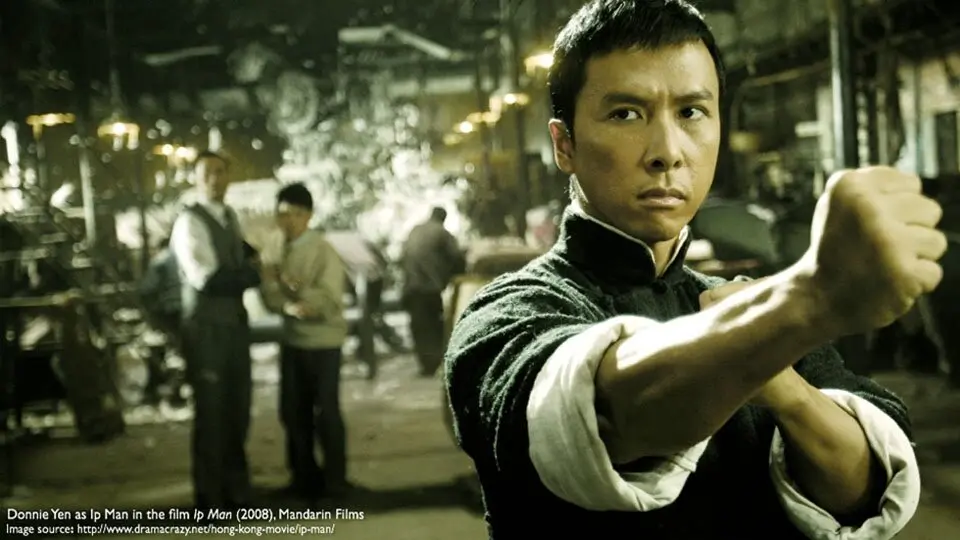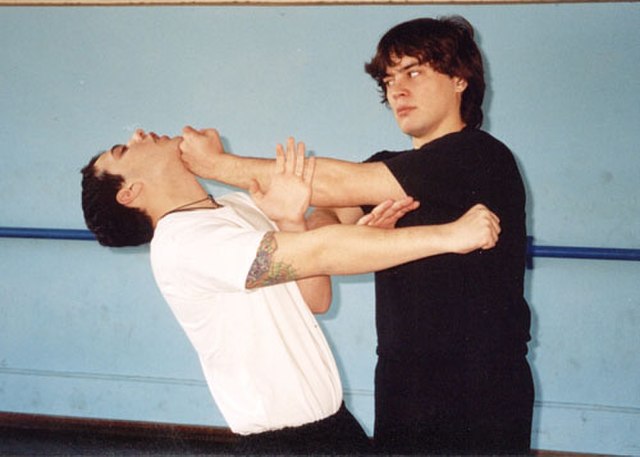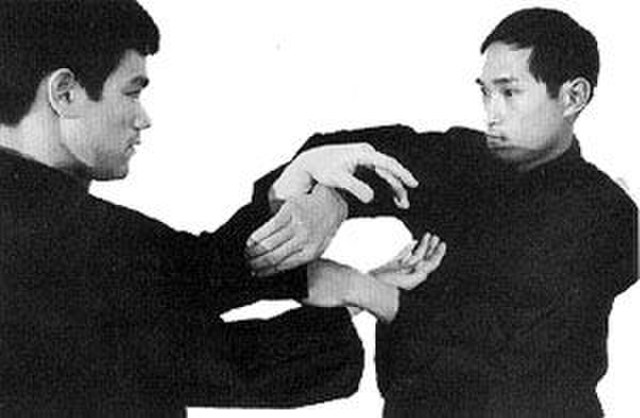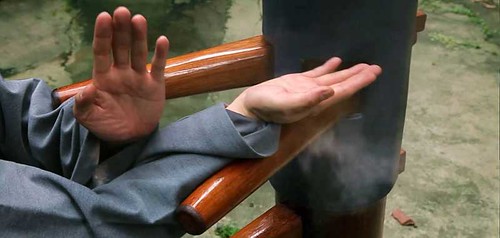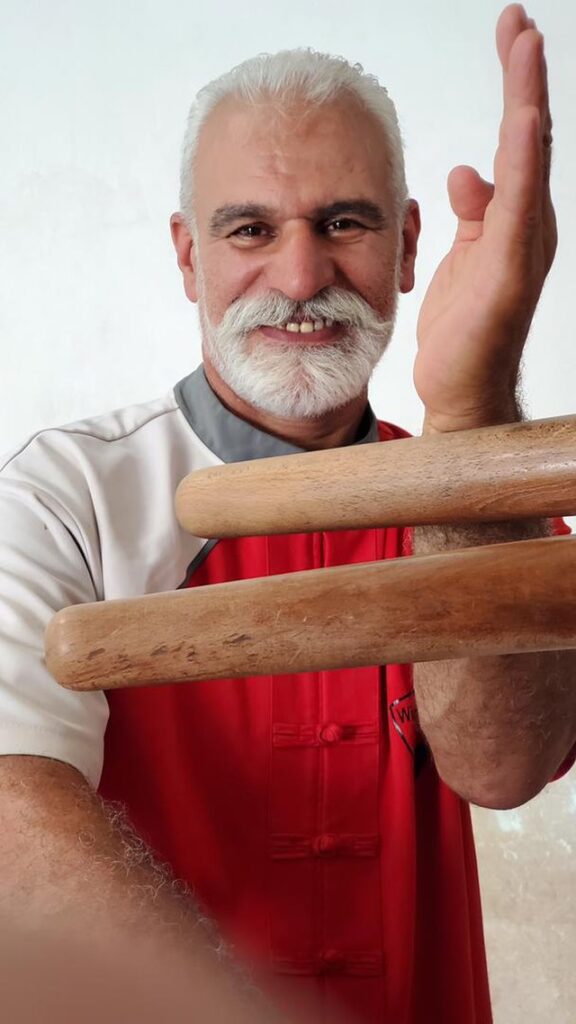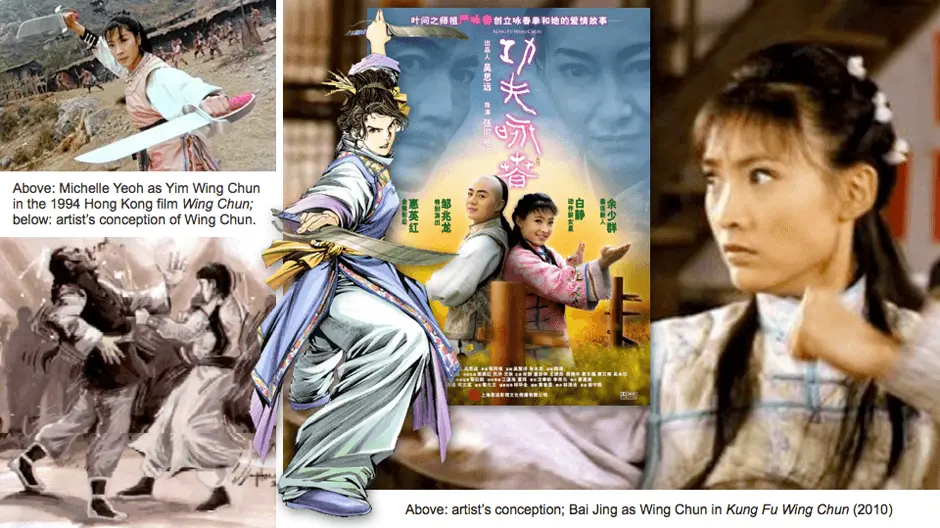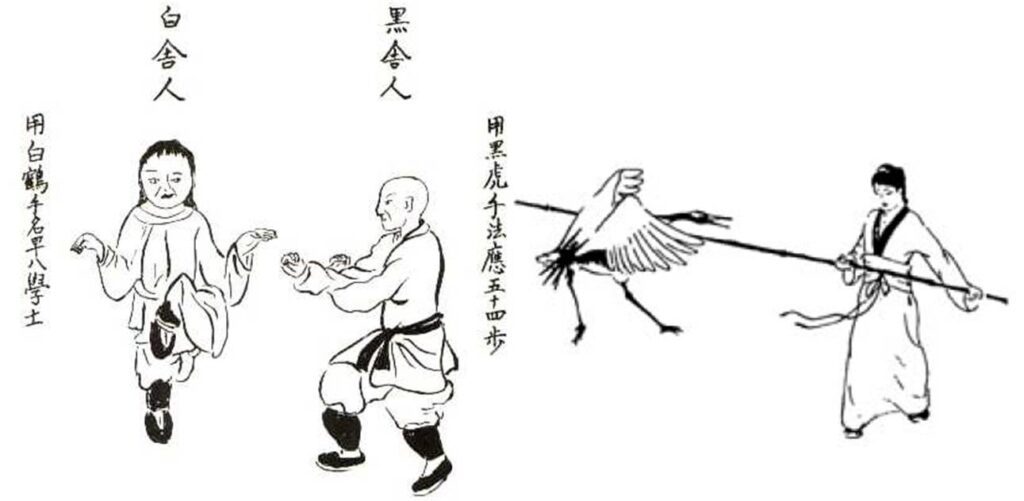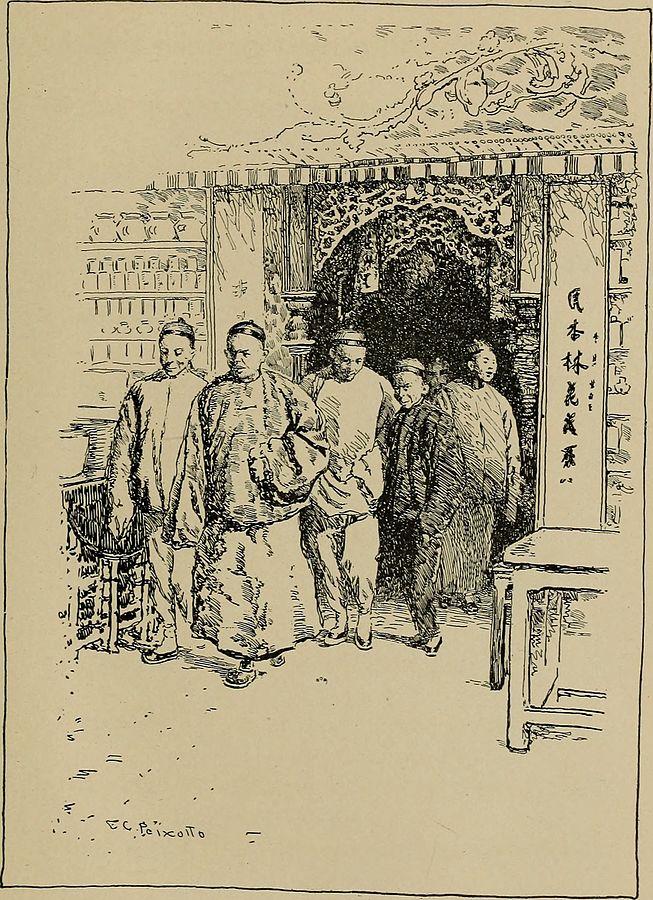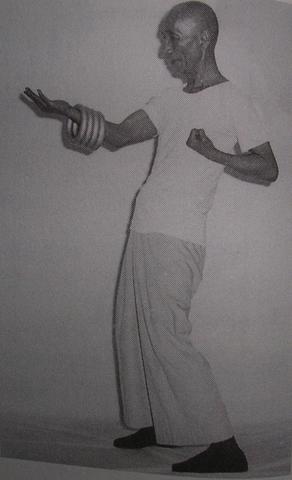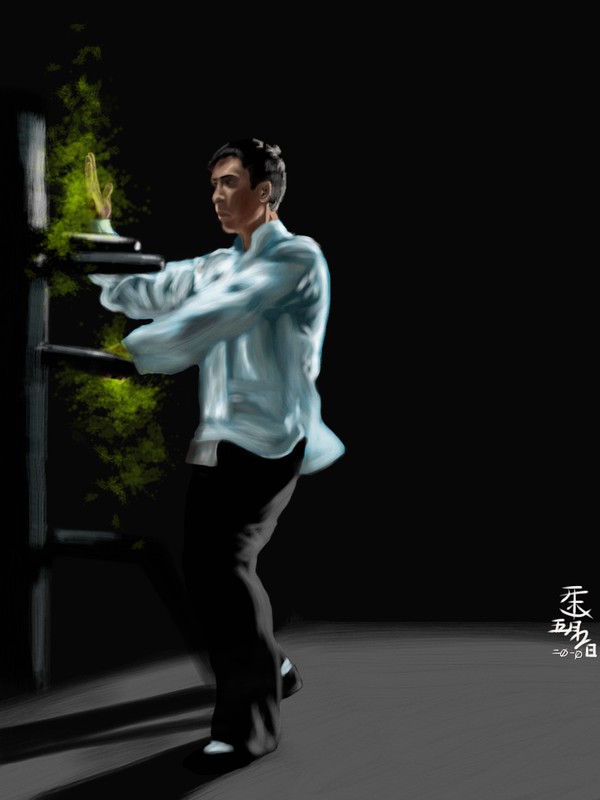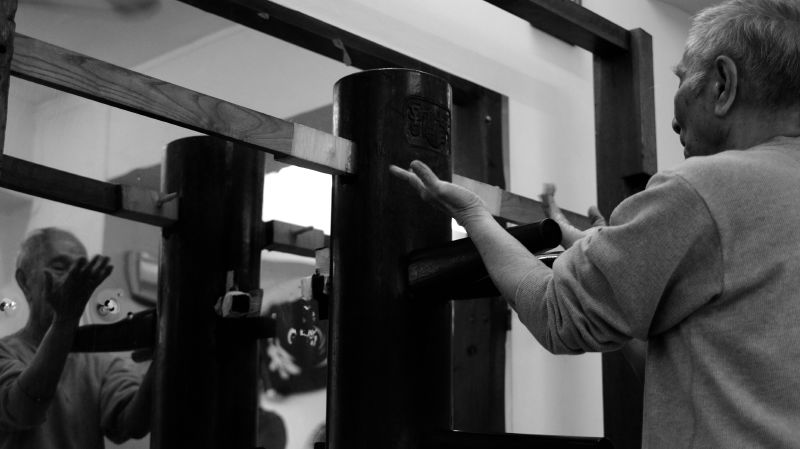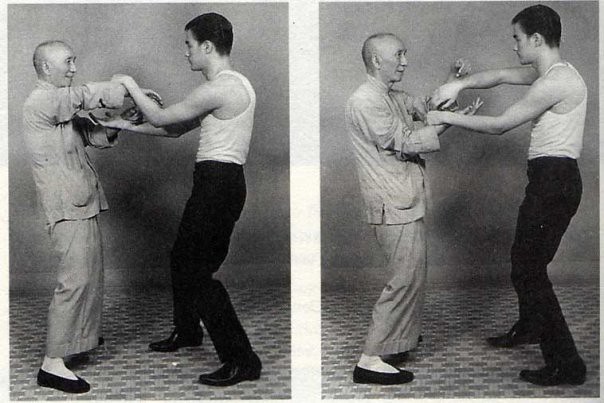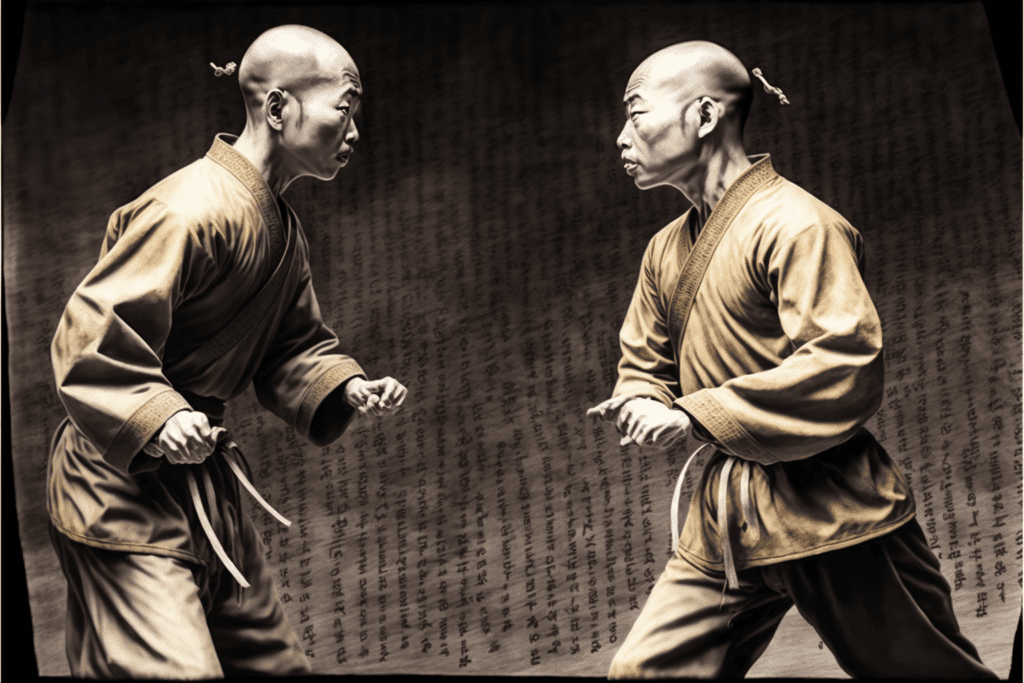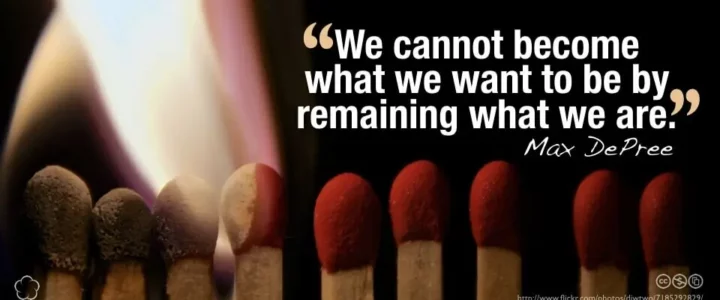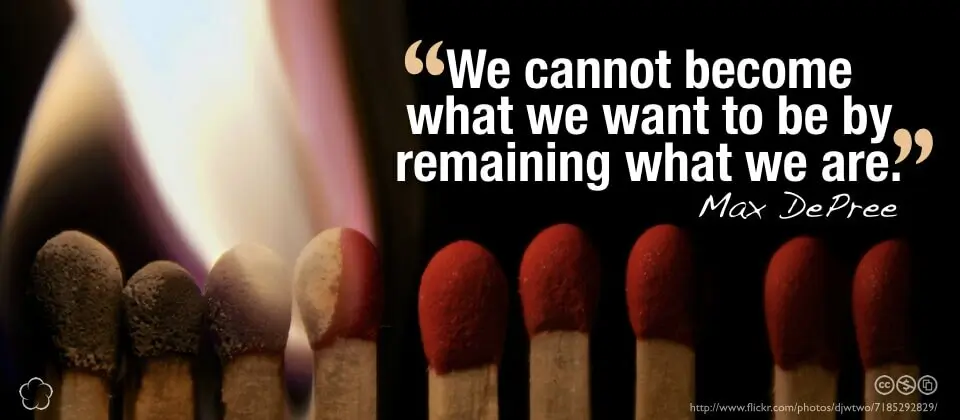The Wing Chun training method has undergone significant changes over the centuries, and the Wing Chun Concepts course is the latest evolution. This chapter will examine the three key elements of this method, which include:
Main Steps of Wing Chung Training
- (1) Choosing the material to study
- (2) Setting up guidelines for sustainable practice
- (3) Refining the learning process to make it both effective and efficient.
Effectiveness means doing the right things, while efficiency means doing things correctly. The training process outlined in this guide aims to help you achieve mastery in Wing Chun Kung Fu in the shortest time possible, without disrupting your daily routine. Some Kung Fu masters claim that it takes 20 years to master their system, which is not a favorable return on investment. Our goal is to make you proficient in Wing Chun Kung Fu within TWO years.
The Wing Chun Concepts system employs a tried-and-true training approach that consistently achieves success in teaching Wing Chun concepts and skills in an efficient manner.
The Right Approach
The Wing Chun Concepts system utilizes a proven training method that ensures success in mastering Wing Chun concepts and skills efficiently. The process involves three phases: deconstruction, selection, and sequencing.
DECONSTRUCTION: The Explore Phase
The first step is to break down Kung Fu into small, manageable pieces. This is similar to learning the alphabet, where we will begin by isolating single-hand forms or structural shapes, single-step actions, and basic core concepts. This will give us the “A, B, C’s.” As we progress, we will combine these letters into words, then sentences, and finally free-flowing prose.
SELECTION: The Elimination Phase
We will focus on 20% of the building blocks that provide 80% or more of the skill we want. This concept is based on the Pareto principle, which states that roughly 80% of the effects come from 20% of the causes. The grandmasters of Wing Chun applied this approach by selecting only the most effective techniques for self-defense, which can be learned quickly and can be used by almost anyone.
SEQUENCING: The Execution Phase
We will learn these building blocks in a logical sequence. Most martial arts schools teach using a “technique of the day” approach, where everyone lines up, the teacher presents the technique, then everyone practices. Wing Chun has traditionally always been taught one-on-one, and you follow a specific training progression. You start with Lesson One and you master it, then move on to the next. It is an unalterable hierarchy where each skill becomes the foundation for the next.
The Wing Chun training progression has been perfected over hundreds of years. You begin with the Siu Lim Tau-level skills where you learn the “seed” concepts and foundation techniques. Once these skills have been polished, you move to the Chum Kiu level and add another level of complexity through dynamic movement (stepping, twisting, kicking, etc.). Once those skills have become second nature, you move on to the Biu Jee level where you learn to fight your way back from worst-case scenarios.
Sequencing is the key to Wing Chun. It is why traditional Wing Chun fighters are so reliable in their skill. However, this also means that Wing Chun is not for everyone. Training Wing Chun, specifically following the exact training progression, requires patience, dedication, endurance, and commitment. If you want to learn Wing Chun, you will either need these qualities or pledge to develop them.
Continuous Practice
The essence of Kung Fu is the mastery of skill through consistent, disciplined practice over time. However, in today’s fast-paced society, the “overtime” aspect can be challenging for some. It’s important to understand that Kung Fu skills cannot be acquired simply by reading about it or watching videos, just as one cannot learn to play a piano or guitar without actually playing the instrument. Kung Fu skills require a significant amount of dedicated practice. The key is to find a practice routine that allows for improvement without causing boredom or burnout.
Based on years of teaching and training experience, we’ve learned that the ideal balance of practice volume and frequency varies for each individual. Factors such as fitness level, recovery time, learning speed, and available daily time can affect this balance. We will provide guidelines for the minimum amount of practice required, identify warning signs of over-training, and assist in finding an optimal practice schedule that works for you.
The Minimal Effective Dose
The concept of Minimal Effective Dose (MED) in this case means how little training can I do and still gain Kung Fu skills? With many responsibilities and competing demands for time, it can be challenging to find time for Kung Fu practice. However, Wing Chun was developed by regular people with regular lives and can be practiced in short, intensive blocks of time. The curriculum is designed to guide you in finding your personal minimal effective dose of practice.
DAILY MED: 5 MINUTES Commit to setting aside five minutes every day for training, practicing the Siu Lim Tau form. As you learn other forms, they will also be added to your daily practice.
WEEKLY MED: 2 HOURS In addition to the daily form practice, commit to at least two hours of training each week, consisting of at least six Twenty Minute Modules (20MM). The organization is flexible and can be tailored to your schedule.
It is important to find a balance and avoid over-training which can lead to injury and burnout. The key is to listen to your body and discern between natural fatigue and true muscle exhaustion. The Wing Chun approach is incremental, training, recovering, and training again. A core concept of Wing Chun is “first, don’t get hurt”, which applies to both fighting and training.
Effective results can be achieved with minimal practice. Coach Henk Kraaijenhof, a former world champion and coach to Merlene Joyce Ottey, who won 23 medals at the Olympics and world championships, advises “Do as little as needed, not as much as possible.” Over-training can lead to burnout and injury. The Kung Fu approach involves incremental training, recovery, and training again. A key skill in Wing Chun is called Listening, which includes listening to your own body and discerning the difference between natural fatigue and true muscle exhaustion. A core concept in Wing Chun fighting is “first, don’t get hurt” and this applies to training as well. Additionally, expect to learn about anatomy in the course, which will aid in avoiding injury and causing injury if needed.
Injuries are a common occurrence when people suddenly increase their exercise intensity, often seen in January with New Year’s resolutions. Those trying to lose weight or gain muscle may push themselves too hard, resulting in injury, disappointment, and ultimately giving up on their goals. Kung Fu, on the other hand, promotes gradual progress through disciplined and consistent practice. One key skill in Wing Chun is the ability to listen, both to the attacker’s energy and to one’s own body, to prevent and detect injuries. Additionally, the course will cover anatomical knowledge to further prevent injury and understand how to cause it if necessary. Another potential pitfall to watch out for is neglecting personal relationships while focusing too heavily on training. It’s important to maintain a balance and not let Kung Fu consume your life, alienating loved ones and causing conflict. Instead, strive for harmony and balance in both personal growth and relationships.
Wing Chun Training Optimization
Finding the ideal balance between minimal training and over-training is crucial for mastering Kung Fu. Your optimal training schedule should involve consistent practice over a period of two years, with a commitment of one hour per day for dedicated learners. This includes 10 minutes for studying and reviewing material, 5 minutes for form practice, 40 minutes for two 20-minute practice sets, and 5 minutes for self-evaluation and journaling. You can adjust this schedule based on your availability and add or subtract time as needed. Remember that the key to success is not just the quantity of practice, but the quality and engagement during each hour of training, which is referred to as Deep Practice.
Deep Practice of Wing Chun
The key to success in our Wing Chun training is a concept called Deep Practice. Rather than simply putting in hours of training, it’s crucial to make every minute of your training fully engaging, highly focused, and challenging. This idea is explored in depth in the book “The Talent Code.”
Many people prefer to stay within their comfort zone, completing tasks that are easy and familiar. However, Kung Fu encourages going deeper and seeking out challenges. You should strive to find skills that are just beyond your reach, and then work to master them through intense problem-solving. Only by pushing yourself beyond your limits can you truly improve.
Deep Practice is a skill that must be developed over time and will be integrated into each lesson. The key takeaway: if it doesn’t challenge you, it won’t change you.
The initial phase of the Wing Chun Concepts training format is the “Absorb” phase, also known as the learning phase. During this phase, you will be exposed to new concepts and techniques and are expected to fully understand both the physical movements as well as the underlying principles. The format of the lessons that teach forms, drills, and tactics will include five key elements:
The Lesson Introduction
This section provides a brief overview of the lesson, outlining what will be covered.
The Key Points
The main steps of each form, the important training points of each drill, or the key strategies of each tactical drill are listed here in bullet-list format. It is recommended that you copy these to your training journal as a way to reinforce memory and recall. By the time you mark the lesson “complete,” you should be able to easily recall from memory all of the key points listed here. If you cannot, this is a sure sign that you need to invest additional practice time before you advance to the next lesson. Additionally, it is important to not just memorize the key points, but also to understand the reasoning behind them and how they fit into the larger picture of Wing Chun. This deeper understanding will help to ensure that the key points are not just learned, but also internalized for optimal results.
Visual Reference
Each form and drill will be illustrated with photographs, illustrations, a slideshow sequence, or a video. The more complex the form or drill, the more detailed this visual reference section will be. This visual reference is important not just for understanding the mechanics of the movement, but also for providing a clear visual representation of the form or drill. This can be especially useful when starting out and trying to grasp the overall structure and flow of a form or drill.
Step-by-Step Instruction
As the main content of the lesson, each section of the form or variation of the drill will be broken down into easy-to-follow steps. Each movement will be fully explained, along with specific safety notes and guidelines for self-evaluation. This step-by-step instruction is crucial for breaking down the form or drill into manageable chunks, making it more accessible for the student. It also allows for a clear understanding of how each movement relates to the overall form or drill.
Deeper Understanding
The final segment delves deeper into the reasoning behind the movement, providing a more comprehensive understanding for those who want to understand the significance of the form, drill, or tactic. This portion of the lesson may cover a wide range of subjects, including sports medicine, Eastern symbolism, philosophy, science, energy dynamics, traditional Chinese medicine, and human anatomy.
The Execution Phase
Once you have fully understood the concepts of the lesson, it is time to put them into action. This phase involves working through the forms, performing solo drills, practicing on the battle post, engaging in cooperative partner drills, or testing your reactions through tactical drills. By following the step-by-step instructions provided in each lesson, you will repeatedly cycle through the form or drill until you have mastered the skill. Keep in mind that mastering a skill does not happen overnight, and it may require multiple practice sessions. Like a musician who must repeatedly practice a song before being able to perform it flawlessly, expect to repeat individual lessons as many times as necessary.
The Feedback Phase
The final step in the training process is to evaluate your progress and gather feedback on your skills. Self-evaluation is crucial for tracking your progress and identifying areas where you need to focus more. Keeping a training journal is a great way to do this, as it allows you to record your observations, set goals, and track your progress over time. This provides a feedback loop that allows you to course-correct or fine-tune as needed. Not only does this help you identify areas where you need to focus more, it also allows you to celebrate your progress and stay motivated.
In addition to self-evaluation, it is also important to seek feedback from your coach or other experienced practitioners. They can provide a different perspective and help you identify areas of improvement that you may not have noticed on your own. This feedback can be used to adjust your training and ensure that you are on the right track to achieving your goals. Overall, regular evaluation and feedback are essential for mastering the art of Wing Chun, and for improving your skills over time.
NEXT: The Final Countdown
The final step in beginning your Wing Chun journey is crucial and requires a significant commitment. After gaining an understanding of what Wing Chun is, the goals of the Wing Chun Concepts course, and the scope of the curriculum, it is important to take the time to evaluate whether this path is the right fit for you. If you have determined that Wing Chun is the right path for you, the last chapter in this section will guide you on how to proceed and prepare for the journey ahead. Remember, making a decision to change and committing to it is the most important step. Take the time to fully consider your decision before moving forward and be prepared for the dedication and commitment required for success in Wing Chun.


